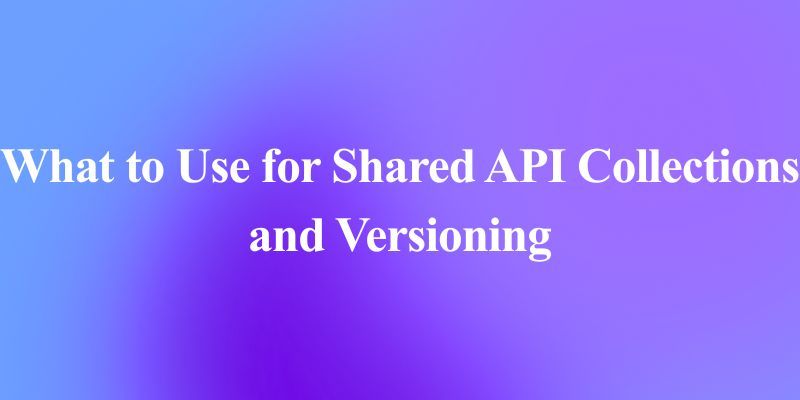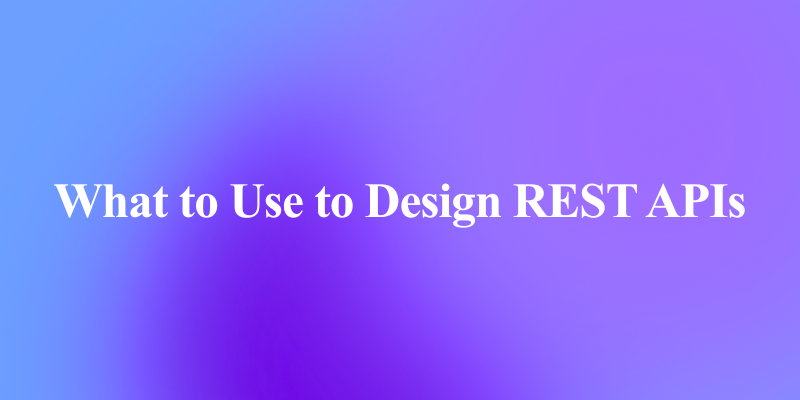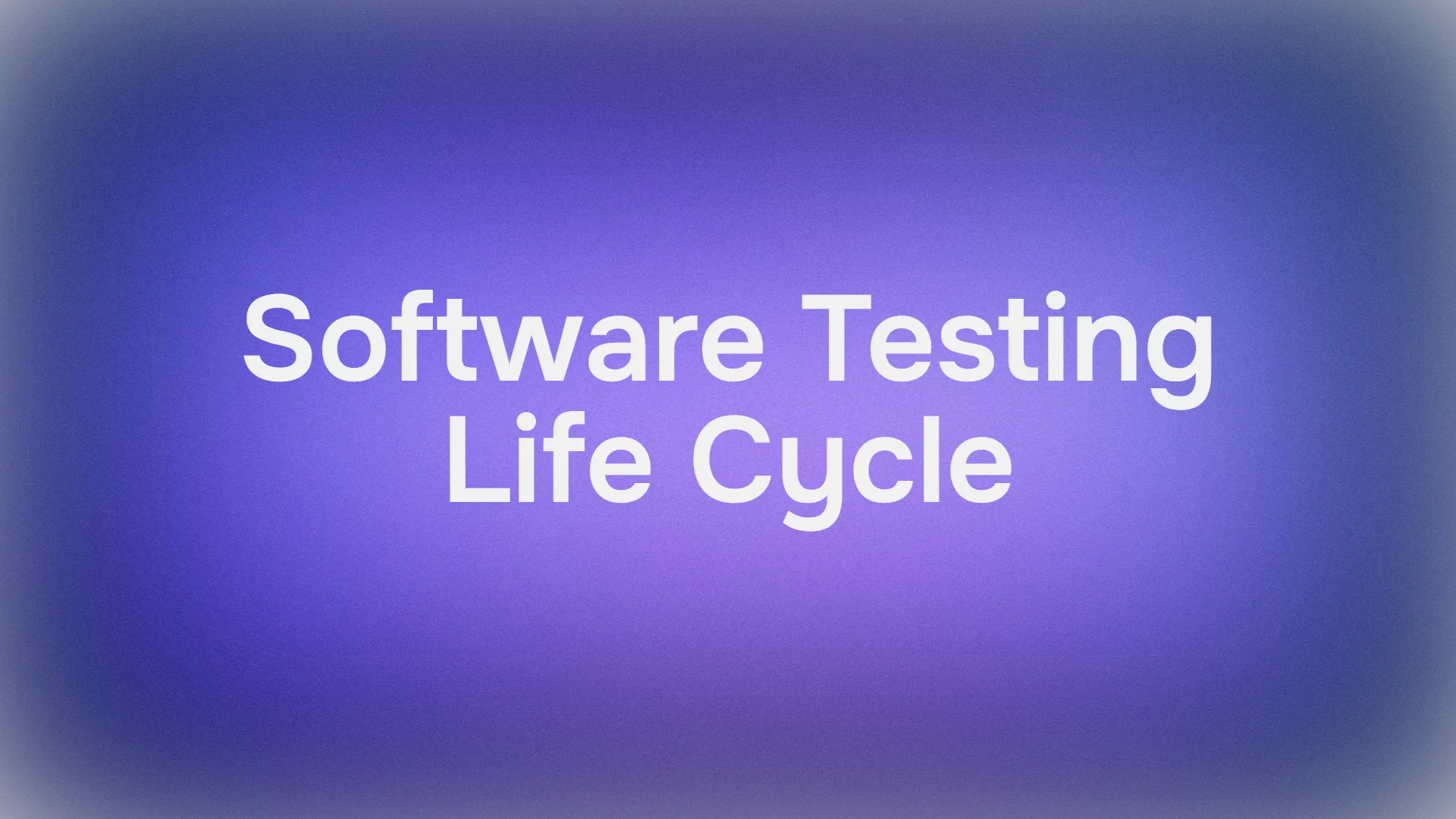The artificial intelligence landscape continues to evolve rapidly, and xAI's upcoming Grok 4 launch has captured significant attention from developers and enterprises worldwide. With Grok 4 officially launching on July 9, 2025, the AI community eagerly anticipates enhanced reasoning capabilities, specialized coding features, and dual-model architecture that could reshape how we approach AI integration.
Current xAI Pricing Structure and Market Position
Understanding Grok 4's pricing requires examining xAI's comprehensive pricing model and market positioning. The official Grok 4 pricing structure includes input tokens at $3.00 per 1M tokens, cached input tokens at $0.75 per 1M tokens, and output tokens at $15.00 per million tokens. This pricing architecture positions xAI competitively while maintaining premium positioning in the AI market.

Furthermore, xAI's pricing strategy reflects its positioning as a premium AI service, with Grok 4 offering enhanced capabilities including function calling, structured outputs, and advanced reasoning features. The company's focus on delivering superior performance justifies premium pricing compared to standard AI models.
The subscription model offers three distinct tiers. Basic (Free) provides limited Grok 3 access, SuperGrok ($300 annually) includes Grok 4 with increased access and 128,000 context memory tokens, and SuperGrok Heavy ($3,000 annually) offers exclusive Grok 4 Heavy preview access with dedicated support and early feature access.

API Pricing Models and Token Economics
API pricing structures form the foundation of cost calculations for developers integrating AI capabilities. The token-based pricing model allows precise cost control and scalable implementation across different use cases.
Token pricing follows industry standards while maintaining competitive positioning. Input tokens typically cost significantly less than output tokens, reflecting the computational requirements for generation versus processing. This pricing differential encourages efficient prompt engineering and thoughtful implementation strategies.
Expected Grok 4 Pricing Structure
Based on official xAI announcements, Grok 4 pricing follows a clear tier structure with distinct value propositions for different user segments. The API pricing model charges $3.00 per 1M input tokens and $15.00 per 1M output tokens, with cached input tokens offering significant cost savings at $0.75 per 1M tokens.
Enterprise pricing tiers include volume discounts and dedicated support options. The SuperGrok Heavy tier at $3,000 annually provides exclusive Grok 4 Heavy preview access, dedicated support, and early access to new features, specifically targeting enterprise customers requiring premium capabilities.
Implementation Costs and Budget Planning
Effective budget planning requires understanding total implementation costs beyond API pricing. Development time, integration complexity, and ongoing maintenance contribute to overall project expenses.
Testing and development phases consume significant API credits during implementation. Thorough testing ensures proper functionality but increases upfront costs. Using tools like Apidog helps optimize testing efficiency and reduce unnecessary API calls during development.
Production scaling introduces additional cost considerations. Traffic patterns, peak usage periods, and geographical distribution affect bandwidth and processing costs. Proper scaling strategies minimize unnecessary expenses while maintaining performance standards.
Enterprise and Developer Pricing Tiers
Enterprise customers benefit from structured pricing tiers designed for different organizational needs. The Basic tier provides free access to Grok 3 with limited features, enabling developers to explore capabilities without initial investment. This approach encourages adoption while providing learning opportunities for teams evaluating AI integration.
The SuperGrok tier at $300 annually (or monthly equivalent) includes Grok 4 access with increased usage limits, 128,000 context memory tokens, voice with vision capabilities, and additional features like Aurora Image Model and Projects. This tier targets professional developers and small to medium enterprises requiring consistent AI capabilities.
SuperGrok Heavy at $3,000 annually provides exclusive Grok 4 Heavy preview access, representing the premium enterprise tier. This subscription includes everything from SuperGrok plus early access to new features, dedicated support, and priority processing for mission-critical applications.
The pricing structure accommodates growth from prototype to production. Organizations can start with basic access and scale to enterprise tiers as requirements expand, ensuring sustainable cost management throughout development cycles.
Regional Pricing Variations and Accessibility
Global pricing strategies consider regional economic conditions and market dynamics. Currency fluctuations, local competition, and regulatory requirements influence pricing structures across different markets.
Regional restrictions and access limitations affect pricing accessibility, particularly for users in certain geographical areas. Alternative access methods may require additional costs or subscription services.
Local partnership agreements can provide preferred pricing in specific regions. Strategic partnerships with local providers often include volume discounts or specialized support options for regional customers.
Currency hedging strategies protect against exchange rate fluctuations for international customers. Stable pricing in local currencies provides budget predictability for global implementations.
Cost Optimization Strategies for Grok 4
Efficient prompt engineering reduces token consumption without compromising output quality. Well-structured prompts minimize unnecessary tokens while maintaining comprehensive responses, directly impacting API costs. Understanding the 5:1 output-to-input token pricing ratio helps optimize prompt design for cost-effective implementations.
Cached input tokens provide significant cost savings at $0.75 per 1M tokens compared to $3.00 for regular input tokens. Implementing intelligent caching strategies for frequently used prompts and contexts can reduce API costs by up to 75% for repetitive operations.
Batch processing capabilities offer additional cost savings for high-volume applications. Grouping multiple requests reduces per-request overhead and enables more efficient resource utilization, particularly beneficial for applications processing large datasets or serving multiple concurrent users.
Context window optimization maximizes the 256,000 token limit effectively. The substantial context window enables complex multi-turn conversations and document processing without requiring multiple API calls, reducing overall token consumption for sophisticated applications.
Load balancing across subscription tiers optimizes cost-performance ratios. Using Basic tier access for simple queries and reserving SuperGrok or SuperGrok Heavy for complex reasoning tasks ensures optimal resource allocation while managing subscription costs.
Technical Implementation with Apidog
Apidog provides comprehensive tools for testing and implementing Grok 4 APIs efficiently. The platform's testing capabilities help optimize API usage patterns and identify cost-saving opportunities during development. With official Grok 4 pricing at $3.00 input and $15.00 output per million tokens, efficient testing becomes crucial for budget management.

API documentation management within Apidog streamlines integration processes. Clear documentation reduces development time and minimizes errors that could increase testing costs during implementation phases. The platform supports function calling and structured outputs, matching Grok 4's advanced capabilities.
Mock server capabilities enable development without consuming production API credits. Testing against mock endpoints allows thorough development and debugging without incurring costs at $3.00 per million input tokens during early development phases.
Collaborative features support team-based API development. Shared workspaces and version control capabilities ensure consistent implementation standards while optimizing resource utilization across development teams working with Grok 4's 256,000 token context window.
Token usage monitoring within Apidog helps track consumption patterns and identify optimization opportunities. Real-time monitoring enables proactive cost management and helps developers understand the impact of cached versus regular input tokens on overall expenses.
Conclusion
Grok 4's official pricing structure establishes xAI's premium positioning while providing clear value propositions across different user segments. With input tokens at $3.00 per million, cached input tokens at $0.75 per million, and output tokens at $15.00 per million, the pricing model enables precise cost calculations and budget planning for developers and enterprises.
The subscription tiers from Basic (Free) to SuperGrok Heavy ($3,000 annually) accommodate diverse needs while encouraging long-term commitment through annual savings. The 256,000 token context window, advanced reasoning capabilities, and specialized features like function calling justify premium pricing compared to standard AI models.



